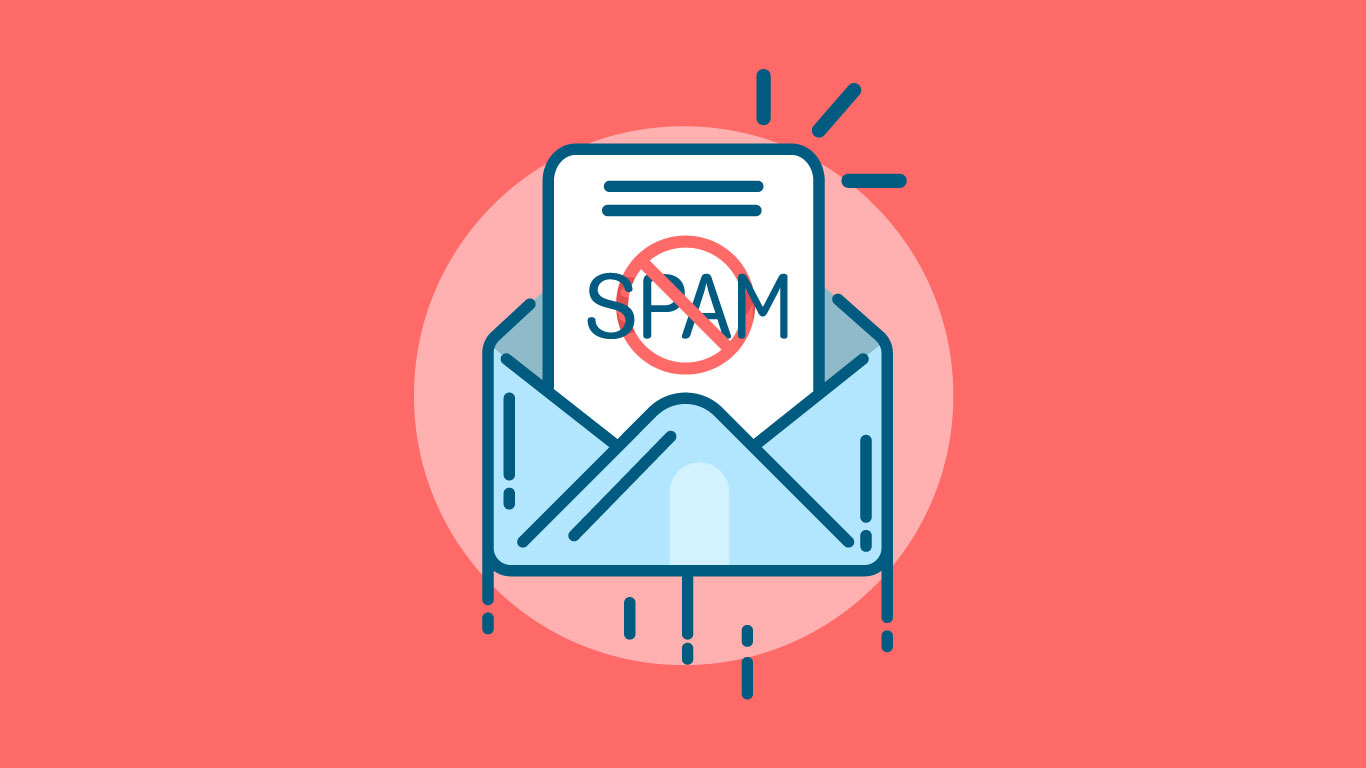Brands and marketers, as well as common users, look for reliable email servers and seek to tailor interactive messages to end up where they must be: in your customers` or contacts´ inboxes. You may request an email expert`s service to satisfy your expectation. You can use a platform that allows you to write and send emails including calendars, forms, games, and widgets in general for more sophisticated conversions. You may instruct yourself about marketing, strategies, practices, case studies, etc., to use mailing successfully.
Even if all email servers use spam filters, it is a safe habit to scan your outgoing and incoming texts for spam. Good practice guides state that email content must be assessed considering several parameters: sender, records, settings, blacklists, reputation, keys, etc. All this is necessary when you send marketing mails to avoid junk box, but also to control that messages coming into your inbox or even your junk box are ham. You can follow recommendations and good practice guidelines, but to make sure of your mailing deliverability and of your incoming texts you need the aid of some software that acts as a protection shield.

If you use mailing as a marketing strategy, it is advisable to group your addressees by 50 per day, and double that number every 3 to 5 days. Likewise make sure that you are sending messages to recipients that give evidence of being active. Be attentive to alarms like for example IP addresses with spam reputation or not requested email marketing. Controlling your IP reputation from time to time will be a good way to guarantee deliverability of your texts. You should also keep email hygiene to limit bounces, as well as remove spam traps that will affect your reputation.
If you want to check incoming messages for spam content, there are some tips to consider as well. As a rule, never share passwords, account numbers or social security number, as this can be a way to access your email, bank data or accounts. It is common that scammers sell this information obtained by foul means to other scammers that will use them for their benefit. Otherwise some messages might contain malware to be installed in your device to steal your personal information.
You must consider all these recommendations to get some protection, but anyhow you need strong filters on your devices that can check spam content in any incoming text or shared document. Zyla Labs has devised a series of APIs to protect you, your family, your privacy, your devices and your marketing strategies by checking content against models generated by AI (Artificial Intelligence), ML (Machine Learning) and NLP (Natural Language Processing). Spam Detection API, Spam Prevention API, Spam Checker API and Block Spammers API, work with efficient interfaces to protect texts you send and receive.
Spam incoming messages usually come from a spammer´s computer. Spammers usually send messages on-line, in bulk, randomly, to automatically generated addressees, with the only aim of getting some response to declare “mission accomplished”. The contents will be tricky and fake. They generally arise a sense of urgency, claiming urgent action or with a short-term deadline, with the usual threat: “or else…”.
With the safe protection of Spam Detection API and your alert attention to detect weird texts, you can be pretty sure that your mailing will reach your subscribers` inbox, and that all messages coming into your inbox are clean of spam content. The evolution of software and the resulting algorithms complement your attentive watch.



